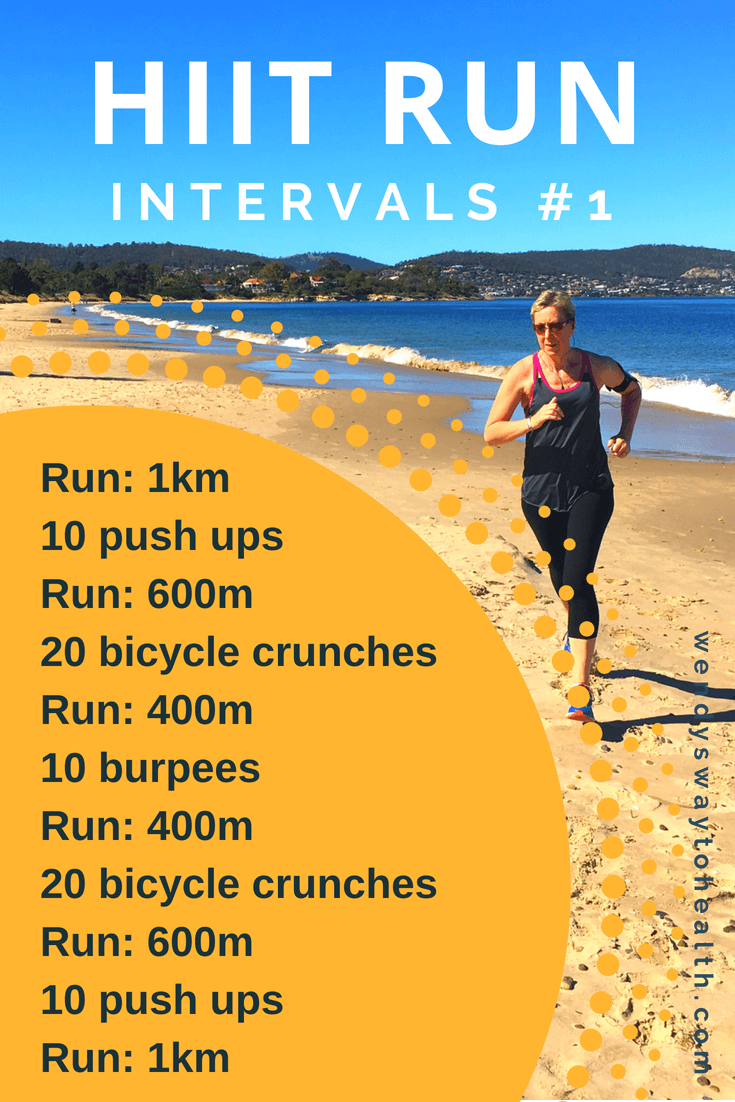Overhaul Your Running Strategy: Tips for Enhanced Performance
Overhaul Your Running Strategy: Tips for Enhanced Performance
Blog Article
Dealing With Common Running Discomforts: Reasons, Solutions, and Prevention
As runners, we frequently encounter different pains that can impede our performance and pleasure of this physical activity. By discovering the root factors for these running discomforts, we can uncover targeted remedies and precautionary actions to guarantee a smoother and more meeting running experience.
Common Running Discomfort: Shin Splints
Shin splints, an usual running discomfort, frequently result from overuse or incorrect footwear during physical activity. The repeated anxiety on the shinbone and the cells attaching the muscles to the bone leads to inflammation and pain.
To stop shin splints, people must progressively raise the intensity of their workouts, put on suitable footwear with appropriate arch support, and keep adaptability and stamina in the muscles surrounding the shin. If shin splints do occur, preliminary treatment entails rest, ice, compression, and altitude (RICE) Furthermore, incorporating low-impact tasks like swimming or cycling can aid maintain cardio physical fitness while enabling the shins to heal. Consistent or extreme situations might need clinical assessment and physical treatment for efficient monitoring.
Usual Running Discomfort: IT Band Syndrome
In addition to shin splints, one more widespread running discomfort that athletes frequently run into is IT Band Syndrome, a condition triggered by swelling of the iliotibial band that leaves the external upper leg and knee. IT Band Disorder typically materializes as discomfort outside of the knee, especially during activities like running or cycling. The iliotibial band is a thick band of fascia that connects the hip to the shin, and when it becomes irritated or limited, it can massage against the upper leg bone, bring about discomfort and pain.
Runners experiencing IT Band Disorder may observe a painful or aching feeling on the outer knee, which can aggravate with continued activity. Aspects such as overuse, muscular tissue imbalances, improper running kind, or poor workout can add to the advancement of this condition. To stop and relieve IT Band Disorder, joggers ought to concentrate on stretching and reinforcing workouts for the hips and upper legs, appropriate footwear, gradual training development, and addressing any kind of biomechanical problems that may be exacerbating the problem. Ignoring the signs and symptoms of IT Band Disorder can result in chronic concerns and extended recovery times, stressing the relevance of very early intervention and correct administration techniques.
Common Running Discomfort: Plantar Fasciitis

Plantar Fasciitis can be associated to numerous variables such as overtraining, inappropriate shoes, working on difficult surface areas, or having high arcs or level feet. To stop and relieve Plantar Fasciitis, joggers can incorporate extending workouts for the calves and plantar fascia, wear supportive footwear, maintain a healthy and balanced weight to reduce pressure on the feet, and progressively raise running strength to stay clear of unexpected anxiety on the plantar fascia. If symptoms linger, it is advised to seek advice from a medical care expert for correct diagnosis and treatment options to address the problem properly.
Usual Running Pain: Runner's Knee
After dealing with the challenges of Plantar Fasciitis, another widespread problem that runners frequently face is Jogger's Knee, an usual running pain that can hinder sports performance and cause pain during physical task. Jogger's Knee, also called patellofemoral pain disorder, materializes as pain around or behind the kneecap. This problem is commonly associated to overuse, muscular tissue discrepancies, incorrect running strategies, or problems with the alignment of the kneecap. Joggers experiencing this pain might really feel a boring, hurting pain while running, increasing or down stairways, or after extended durations of sitting. To prevent Jogger's Knee, it is important to include appropriate workout and cool-down routines, keep strong and balanced leg muscular tissues, wear ideal you can check here footwear, and slowly boost running intensity. If signs persist, inquiring from a health care specialist or a sports medicine expert is recommended to detect the underlying reason and develop a tailored therapy strategy to reduce the discomfort and prevent additional issues.
Common Running Pain: Achilles Tendonitis
Commonly afflicting runners, Achilles Tendonitis is a painful problem that influences the Achilles ligament, creating pain and prospective restrictions in physical activity. The Achilles tendon is a thick band of cells that attaches the calf bone muscle mass to the heel bone, important for activities like running, jumping, and walking - original site. Achilles Tendonitis often establishes as a result of overuse, incorrect footwear, inadequate extending, or abrupt boosts in exercise
Symptoms of Achilles Tendonitis include discomfort and rigidity along the tendon, especially in the early morning or after durations of lack of exercise, swelling that intensifies with activity, and perhaps bone spurs in persistent situations. To avoid Achilles Tendonitis, it is vital to stretch effectively before and after running, put on proper footwear with correct support, gradually raise the strength of exercise, and cross-train to reduce repetitive stress and anxiety on the ligament. Therapy may involve rest, ice, compression, altitude (RICE method), physical therapy, orthotics, and in serious instances, surgical treatment. Early treatment and correct care are essential for taking care of Achilles Tendonitis efficiently and preventing lasting issues.
Final Thought

Report this page